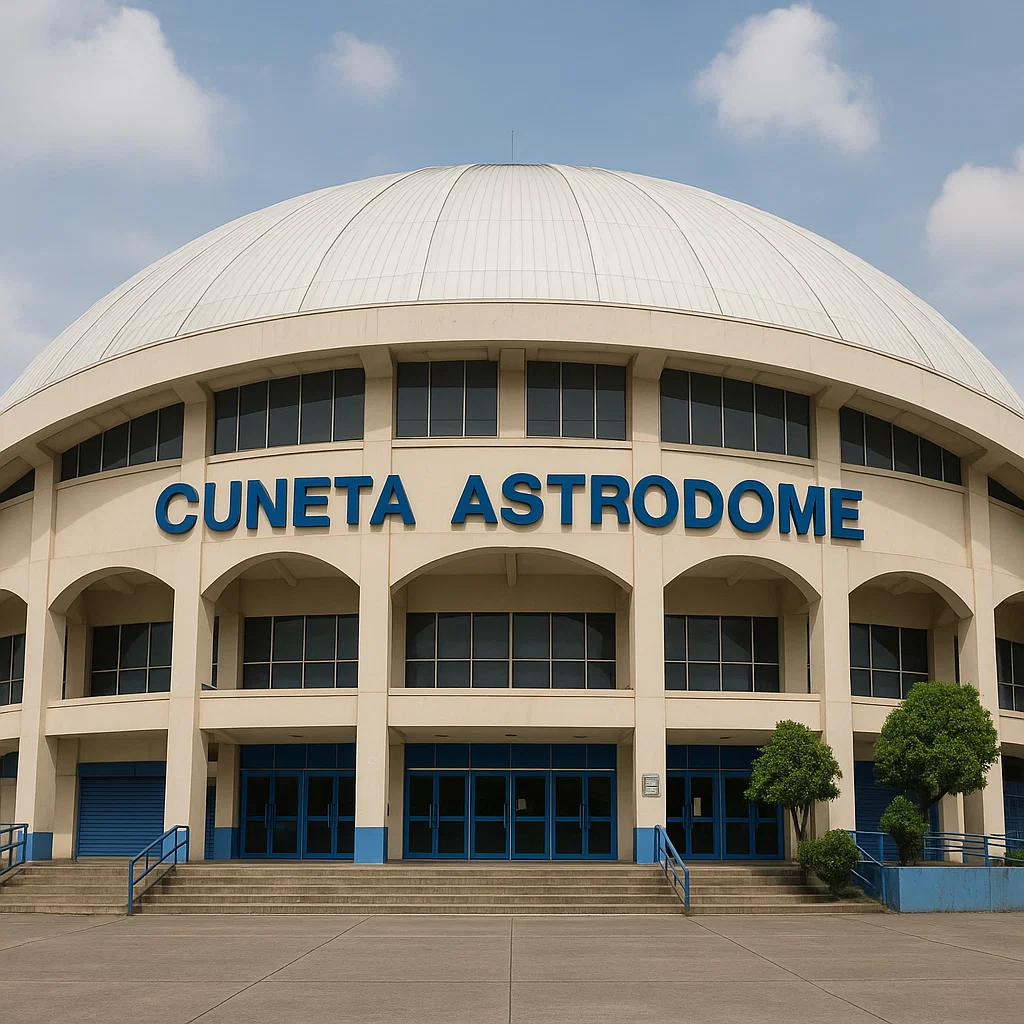Quick Overview of Cuneta Astrodome
| Category | Details |
|---|---|
| Location | Pasay City, Metro Manila, Philippines |
| Year Opened | 1993 (Inaugurated 1994) |
| Seating Capacity | 12,000+ |
| Main Uses | Basketball, boxing, concerts, civic events |
| Owned By | Pasay City Government |
| Historic Role | Key venue for Philippine Basketball Association (PBA) |
Historical Roots of the Cuneta Astrodome
The Cuneta Astrodome was officially inaugurated in 1994 as a city-owned indoor arena, one of the first of its kind in Metro Manila. It was constructed by the local government of Pasay City to meet growing demands for a large, flexible venue that could host sports, civic, and cultural events. The arena quickly became a central point for community gatherings.
Named after the Cuneta family—an influential political clan in the city—the Astrodome was a statement of Pasay’s urban ambition in the early 1990s. At the time, it was one of the few venues outside of Quezon City or Makati that could accommodate over 12,000 spectators. Its emergence helped decentralize Metro Manila’s event infrastructure, providing more access to residents in the south and west zones.
In the mid-1990s, the Cuneta Astrodome became a staple venue for the Philippine Basketball Association (PBA), further cementing its national relevance. It also hosted early boxing matches, including events for rising talents who later became world champions.
What began as a city-level project quickly evolved into a national landmark. Its success encouraged other LGUs to invest in civic infrastructure with multi-purpose designs. In many ways, the Astrodome marked a turning point in how local governments contributed to national sports and culture.
The Astrodome’s Role in Philippine Basketball
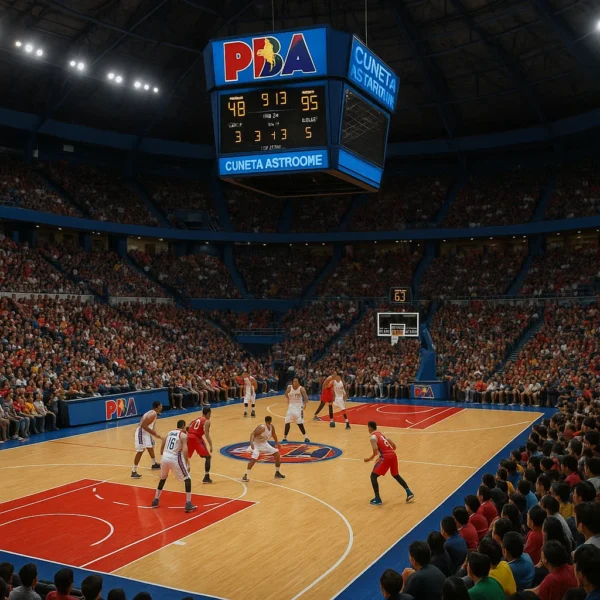
Basketball is not just a sport in the Philippines—it’s a national passion. And for nearly two decades, the Cuneta Astrodome stood at the very heart of this passion. From the mid-1990s until the early 2010s, it served as a regular venue for games under the Philippine Basketball Association (PBA), the country’s top professional league.
Games held in the Astrodome were known for their intensity and proximity. The arena’s tight layout meant that fans were just meters away from the action. This intimacy fostered unforgettable moments and electrifying atmospheres—elements often lost in much larger venues.
Teams like Ginebra San Miguel, Alaska Aces, and Purefoods had legendary matches here, and names like Johnny Abarrientos, Alvin Patrimonio, and Benjie Paras carved out some of their most memorable plays on this court.
Key contributions of Cuneta Astrodome to Philippine basketball:
- Regular venue for PBA games from 1994 to early 2010s
- Hosted playoff series and championship matches
- Created a “fan-first” game environment due to smaller seating bowl
- Developed loyal local fan bases in Pasay and nearby cities
- Supported media coverage and TV broadcast setups efficiently
Though newer arenas now dominate the scene, many basketball fans still associate the Astrodome with the golden era of Philippine basketball—when players were raw, crowds were louder, and every point felt personal.
Cultural Significance and Identity
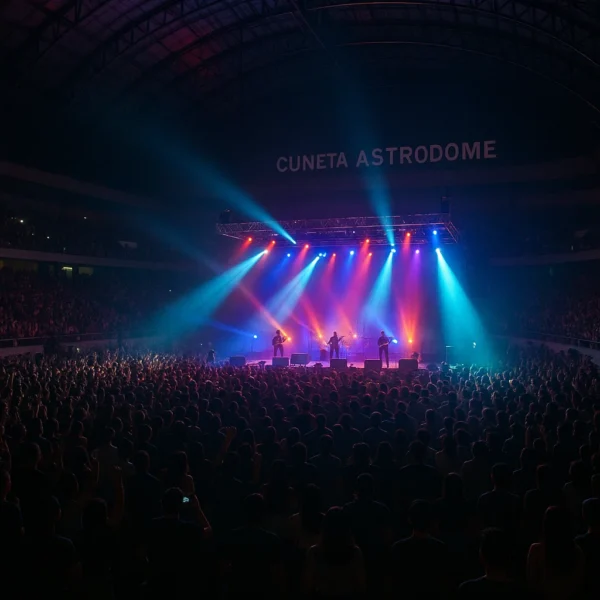
Beyond sports, the Cuneta Astrodome holds deep roots in Filipino cultural life. It has long served as a gathering place for people of different ages, backgrounds, and beliefs. For many, it is the backdrop of personal memories—first concerts, high school graduations, family boxing nights, and religious rallies.
The venue’s accessibility and affordability have always set it apart. Unlike exclusive venues in Makati or Taguig, the Astrodome welcomed everyone—from students and working-class families to senior citizens. Its existence fostered community bonds and made culture more inclusive.
Over the years, it became a site for:
- El Shaddai and other religious group mass worship events
- Concerts by Filipino icons like Gary Valenciano and Regine Velasquez
- Student festivals and public school ceremonies
- City-wide celebrations like Buwan ng Wika and Christmas programs
In this context, the Astrodome represents more than sports. It’s a vessel of collective memory—a place where joy, identity, and public expression come together. Its design may be simple, but the cultural significance it carries is profound.
As urban spaces become increasingly commercialized, preserving venues like the Cuneta Astrodome reminds us of the importance of shared, accessible culture. Its value isn’t just in its events, but in the people it brings together.
Public, Civic, and Religious Use Cases
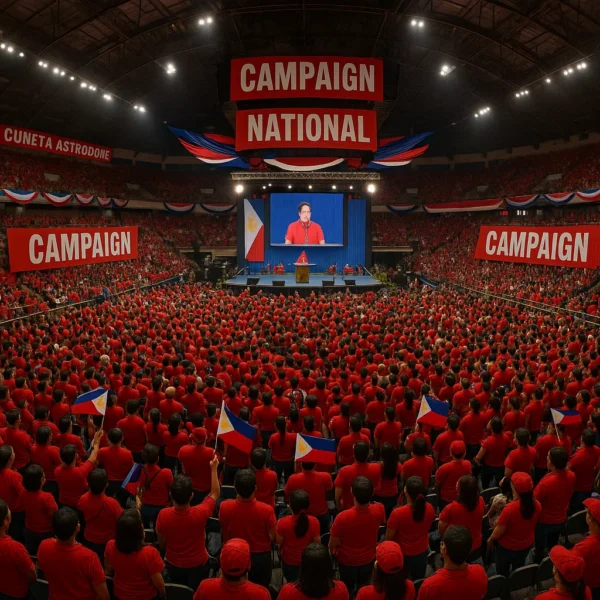
The Cuneta Astrodome has consistently served beyond the realm of entertainment. As a government-owned facility, it has been used for civic duties, disaster response, political functions, and religious events that directly involve public participation.
During election periods, the arena transforms into a political battleground—hosting campaign rallies, proclamations, and senatorial debates. Its central location and large capacity make it ideal for reaching grassroots constituents.
It also plays a significant role in religious life. Groups like El Shaddai, Jesus is Lord, and other Christian denominations frequently book the space for healing rallies, anniversary celebrations, and interfaith programs. These gatherings often attract thousands of faithful attendees.
Aside from major events, the city government of Pasay has utilized the Astrodome for:
- Public school graduation ceremonies
- Barangay-level sports competitions
- Job fairs and civil service examinations
- COVID-19 vaccination and relief operations
This flexibility is part of what makes the Cuneta Astrodome significant. Its ability to pivot between entertainment, service, and spirituality has made it deeply embedded in the rhythm of Filipino civic life.
Accessibility and Urban Integration
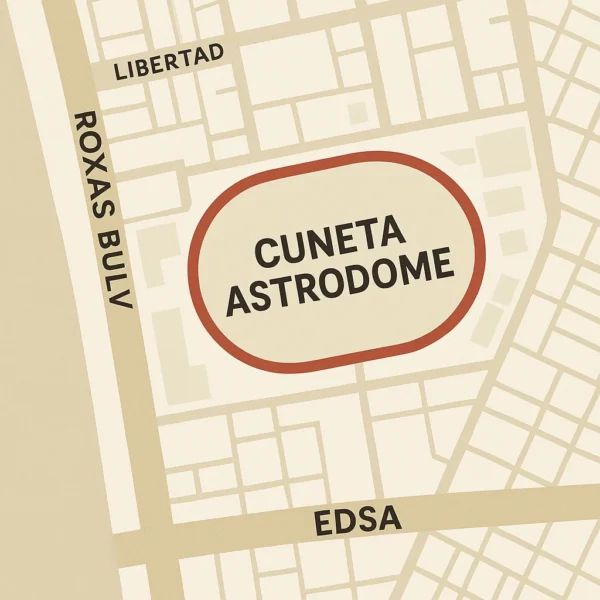
One major advantage of the Cuneta Astrodome is its strategic location. Found along Roxas Boulevard in Pasay City, the venue sits at the intersection of several major thoroughfares—EDSA, Macapagal Avenue, and Taft Avenue—giving it strong connectivity to both northern and southern Metro Manila.
It is only minutes away from the Ninoy Aquino International Airport (NAIA), the Mall of Asia Complex, and key government offices. This makes it highly accessible for both local and regional visitors, especially during national-level events. Public transport options such as jeepneys, LRT-1, buses, and UV Express vans also stop within walking distance.
Urban planners have recognized this location as ideal for integrated development. In fact, the surrounding areas have gradually evolved into a dense urban district filled with:
- Residential condominiums
- Commercial buildings and coworking spaces
- Government facilities and schools
- Entertainment and retail centers
According to the Philippine Daily Inquirer, Pasay City has periodically invested in repairs and structural reinforcement of the Astrodome to preserve its usability and relevance in the city’s long-term master plan.
This strategic urban positioning helps the Astrodome remain viable even as newer venues emerge. Its accessibility is not just a convenience—it’s a key factor in why the venue remains part of the public consciousness today.
Modern Challenges and Redevelopment Plans
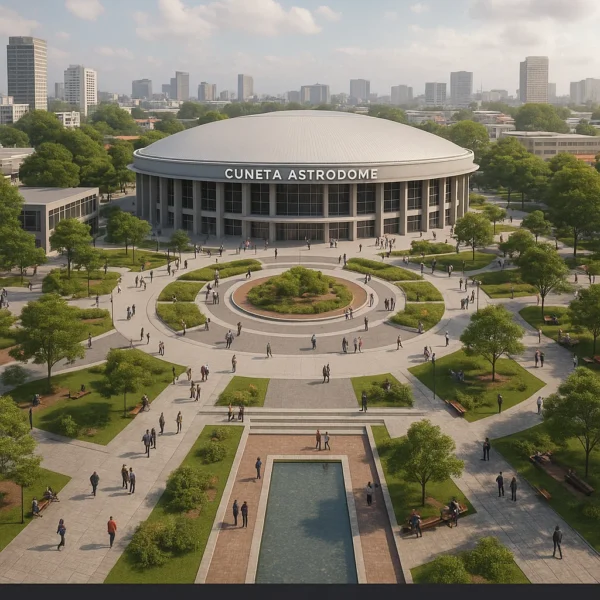
Despite its rich legacy, the Cuneta Astrodome faces mounting challenges. As new arenas like the Mall of Asia Arena and Smart Araneta Coliseum raise the bar for facilities, the Astrodome must adapt or risk fading into irrelevance. Age, infrastructure limitations, and rising maintenance costs have placed pressure on the venue’s long-term viability.
Additionally, the competitive landscape of Metro Manila’s event hosting scene makes it difficult for older venues to book high-profile shows and games. Many event organizers now prefer more modern setups with LED walls, luxury boxes, and commercial tie-ins that the Astrodome cannot readily offer without massive upgrades.
Recognizing these issues, the Pasay City government has taken action. According to BusinessMirror, the city’s long-term urban redevelopment plan includes integrating the Astrodome into a larger mixed-use civic and cultural complex. This vision combines heritage preservation with modern functionality.
Planned improvements include:
- Facade restoration while preserving its original architectural form
- Interior upgrades: ventilation, seating, and accessibility
- Integration with nearby walkways, parks, and government offices
- Multi-use spaces for education, business, and public events
These efforts aim not only to extend the venue’s lifespan but to reframe its purpose. By positioning the Astrodome as a hybrid space—part arena, part civic hub—Pasay is creating a model where nostalgia and progress work hand in hand.
Frequently Asked Questions (FAQ)
1. What is the significance of the Cuneta Astrodome in Philippine sports?
The Cuneta Astrodome was one of the primary venues for PBA games in the 1990s and early 2000s. It’s historically linked to the golden age of Philippine basketball.
2. Is the Cuneta Astrodome still in use today?
Yes. It continues to host civic events, religious gatherings, local sports tournaments, and school programs managed by the Pasay City government.
3. How is the Astrodome different from newer arenas?
While newer arenas have modern tech and luxury features, the Astrodome offers community intimacy, legacy, and affordability—making it a venue for all social sectors.
4. Can the public still attend events at the Astrodome?
Absolutely. Most events are open to the public, especially those organized by the local government, religious groups, or public schools in Pasay.
5. What’s planned for the future of the Cuneta Astrodome?
According to redevelopment plans, the venue will be part of a larger civic and cultural complex with structural upgrades, modernized facilities, and public park integration.
Conclusion: Why the Cuneta Astrodome Still Matters
The cuneta astrodome significance lies not just in its concrete structure but in its place in the Filipino collective heart. It’s a venue that has held championship games, heartfelt rallies, soul-stirring worship services, and community milestones—all under one roof.
While other stadiums may boast of newer amenities, few can claim the same emotional gravity and civic relevance. For generations, this arena has been a place of pride, tradition, and public gathering. Its importance goes beyond basketball—it’s a living symbol of how sports, culture, and civic life intersect in the Philippines.
Even in the face of modernization, the Cuneta Astrodome continues to adapt. Its role is evolving—not ending. With planned redevelopment and integration into Pasay’s long-term urban plan, the Astrodome is set to remain relevant while preserving the memories it holds.
Preserving such heritage sites is not merely an act of nostalgia—it’s an investment in identity. In honoring the Cuneta Astrodome, we affirm our values as a society: community, accessibility, resilience, and unity.
And so, as Metro Manila builds upward and outward, the Astrodome remains a grounding point. A place where history lives, culture breathes, and the spirit of the Filipino continues to echo—loud and proud.

